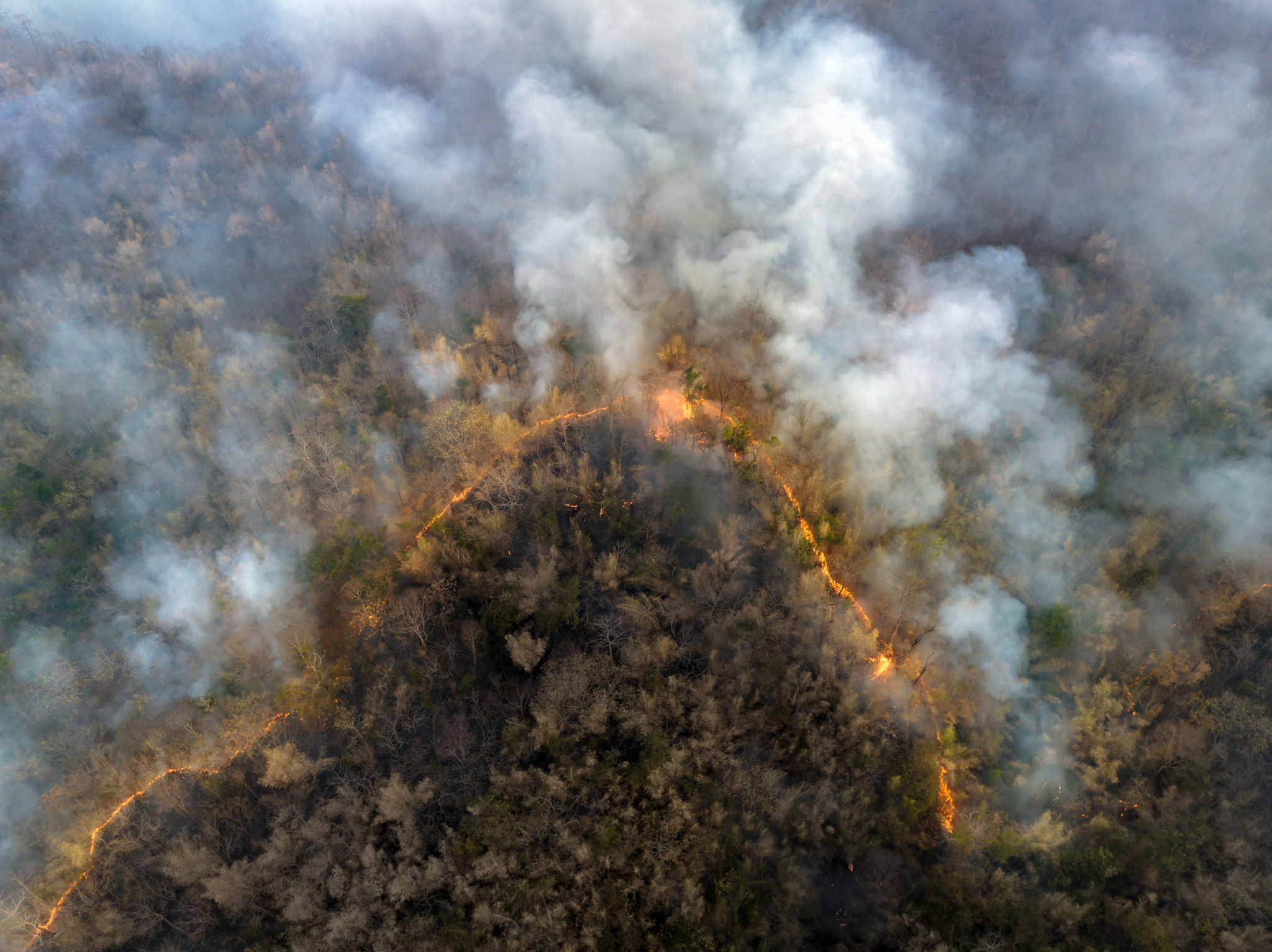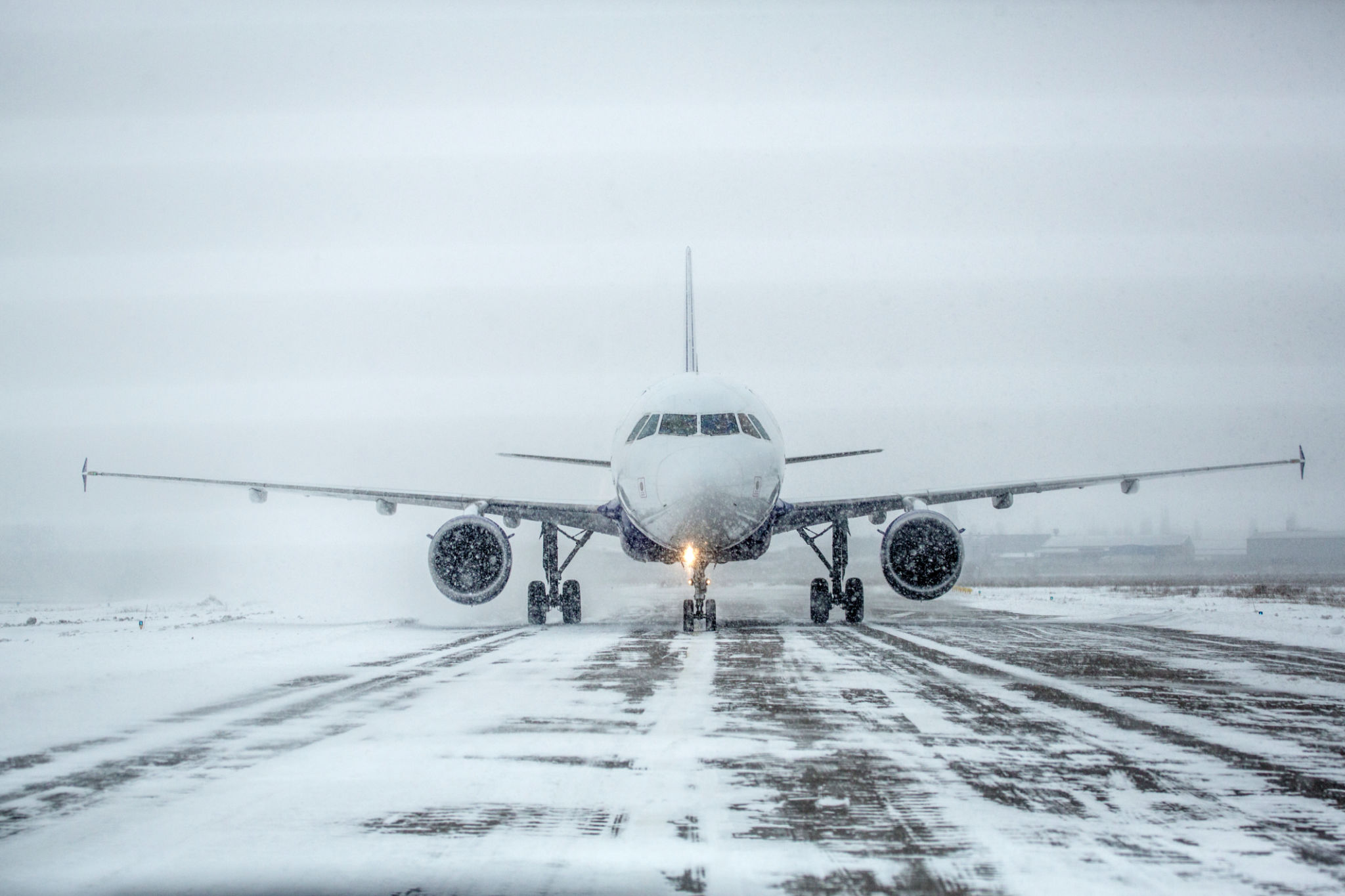How to Prepare Your Aircraft for Seasonal Changes in California
Understanding California's Climate Variations
California is known for its diverse climate, ranging from the coastal Mediterranean to arid desert conditions. This variety means that aircraft owners must be prepared for different seasonal changes throughout the state. Proper preparation can prevent damage and ensure a safe flying experience year-round.
Each season presents unique challenges for aircraft maintenance. From the hot, dry summers to the cooler, wetter winters, understanding these climate variations is crucial for aircraft owners. Preparing your aircraft for these changes can greatly extend its lifespan and enhance performance.

Preparing for Summer Heat
The California summer can be intense, with temperatures soaring in many regions. To keep your aircraft in top condition, it's essential to focus on several key areas:
- Cooling Systems: Ensure that all cooling systems are functioning optimally to prevent overheating during flights.
- Inspect Tires: Check tire pressure frequently, as heat can cause expansion and affect performance.
- Protective Covers: Use UV-protective covers to shield your aircraft's exterior and interior from sun damage.
Regular maintenance during the summer months is critical to handling the extreme heat and ensuring safe operation.
Preparing for Winter Conditions
Although California winters are generally milder than in other states, certain areas can experience cold temperatures and increased rainfall. To prepare your aircraft for winter conditions, consider the following:
- Engine Care: Use appropriate engine oil that can handle colder temperatures for optimal performance.
- De-Icing: Equip your aircraft with de-icing tools and products to tackle frost and ice accumulation.
- Batteries: Keep batteries fully charged and check connections regularly, as cold weather can affect battery life.

Adapting to Wet Seasons
Rainy seasons, particularly in Northern California, require additional attention to prevent moisture-related issues. Aircraft owners should focus on:
- Sealing and Waterproofing: Ensure all seals are intact to prevent water ingress into sensitive components.
- Corrosion Prevention: Apply anti-corrosion treatments to metal surfaces and inspect regularly for signs of rust.
- Hangar Storage: If possible, store your aircraft in a hangar to reduce exposure to rain and humidity.
Proactive measures during wet seasons help maintain the integrity of your aircraft and avoid costly repairs.

Regular Maintenance Checks
No matter the season, regular maintenance checks are essential for keeping your aircraft in excellent condition. Scheduling routine inspections with a certified technician can help identify potential issues before they become major problems.
Maintenance checks should include thorough inspections of the aircraft's mechanical systems, electronics, and structural components. Addressing any concerns promptly ensures that your aircraft remains safe and reliable throughout the year.
The Importance of Seasonal Training
Pilots should also consider undergoing seasonal training to familiarize themselves with flying conditions that may arise during different times of the year. Skills such as handling turbulence, navigating in low-visibility conditions, and understanding weather patterns are crucial for safe operations.
By investing in seasonal training, pilots can increase their confidence and competence, reducing risks associated with seasonal flying challenges.
Conclusion
Preparing your aircraft for seasonal changes in California involves a combination of maintenance, protective measures, and training. By paying attention to the unique conditions each season brings, you can ensure your aircraft remains in top condition and ready for any adventure. Taking these proactive steps not only protects your investment but also enhances safety for every flight you undertake.
